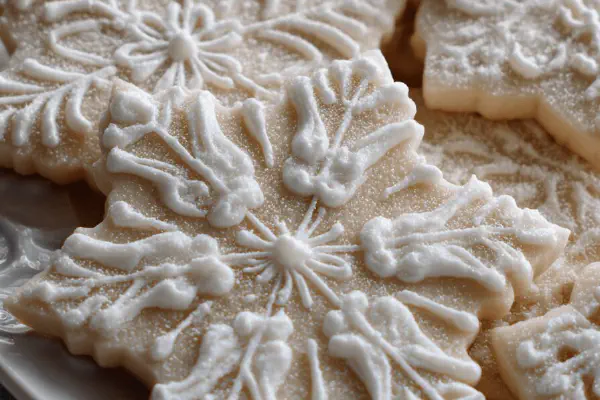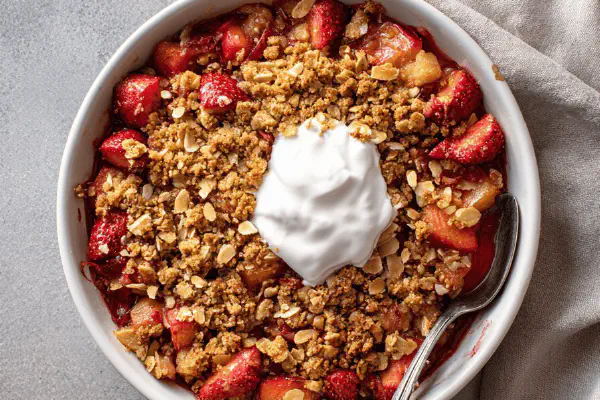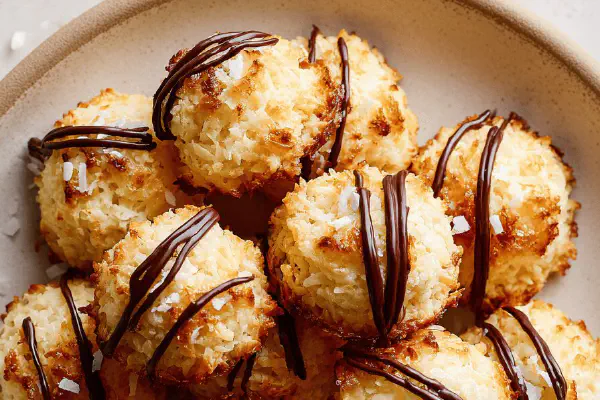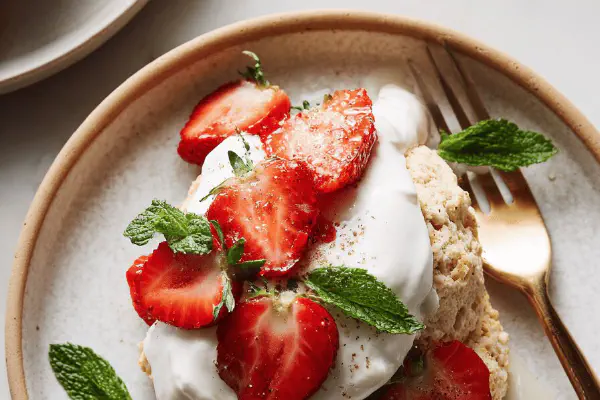Fluffy Royal Icing Remix

By Emma
Certified Culinary Professional
Ingredients
- 90 ml (6 tbsp) aquafaba from chickpeas, well chilled
- 280 ml (1 1/4 cups) powdered sugar, sifted
- 7 ml (1 1/2 tsp) fresh lemon juice
- 2 ml (1/2 tsp) vanilla extract
About the ingredients
Method
- Start with cold aquafaba in a clean metal bowl. Whip on medium speed with an electric mixer until soft foamy peaks form, about 3-5 minutes depending on mixer power and aquafaba freshness. Listen to the soft crackling sounds, signals of correct aeration.
- Gradually sift in powdered sugar, no lumps to avoid grainy icing. Do this slowly to not deflate foam. Low speed, beat gently. The texture thickens, becoming creamy and glossy.
- Add lemon juice and vanilla mid-beat. Lemon juice sharpens flavor and helps set later. Vanilla rounds sweetness, but optional if you want pure sugar edge.
- Increase speed slightly until soft peaks barely hold shape. If too stiff, sprinkle 1-2 drops water and beat to loosen. Too runny? Add more powdered sugar in tiny doses.
- Test by lifting whisk to see peaks bend softly without breaking off immediately. The look: opaque white, fluffy but malleable, not dry or cracking.
- Cover immediately with damp cloth or plastic wrap pressed onto surface to prevent drying. Use within hours, or it hardens and cracks.
- If prone to bubbles, tap bowl gently to release trapped air before decorating. Air bubbles cause imperfect finishes.
- Work fast in dry, cool kitchen. Humidity ruins drying structure, watch weather.
- For add-ins, swap vanilla for almond extract or mix in natural food coloring after sugar. Fold carefully to keep peak structure.
- Troubleshooting: If icing weeps liquid on surface, likely overmixed or aquafaba quality low. Restart with fresher aquafaba, avoid metal mixing bowls with residual grease.
Cooking tips
Chef's notes
- 💡 Start cold aquafaba. Whip on medium till soft foamy peaks. Listen for crackling, bounce in texture. Avoid too fast—foam collapses, liquid seeps later. Patience key. Use metal bowl wiped clean of grease or vinegar wiped to kill fats. Use electric mixer; manual takes forever and inconsistent aeration.
- 💡 Add sugar slow. Sifting twice if coarse powder. Beat low to keep foam lift. Skip lumps or risk grainy finish. Texture changes: from airy foam to creamy glossy paste. Stop and scrape sides often with rubber spatula but gently—don’t knock down bubbles.
- 💡 Lemon juice mid-whip helps stability; timing is critical. Adding too early thins mix. Adds brightness but watch volume loss. Vanilla or almond extract optional, fold in just after sugar fully mixed. Test from a tiny lifted peak bend—flexible not stiff or runny.
- 💡 Too stiff? Add 1-2 drops clean water, beat gently to loosen. Too thin? Add extra sifted sugar a bit at a time. Timing and feel matter more than exact measures. A peak that snaps too fast risks cracking on drying; too soft means smudging.
- 💡 Work fast — humidity ruins structure fast. Cover with damp cloth or cling wrap pressed on surface right after whipping to lock moisture. Bubbles? Tap bowl lightly. Air bubbles cause dull finish and cracking after drying. Use within hours or glaze degrades. No grease allowed anywhere.
Common questions
Why use aquafaba instead of egg whites?
Allergy reasons mostly, vegan hacks. Texture close but foam weaker. Watch mixing times. Aquafaba quality varies fresh vs canned. Always chill, strain to remove grit. Not all legumes equal; chickpea best.
Can I replace vanilla with other flavors?
Almond extract works but mute some peak strength sometimes. Citrus extracts add zing but thin glaze if too much. Add mid-beat after sugar fully incorporated. Test small batch first to avoid losing foam.
Why does my icing crack after drying?
Usually overmixed or added too much sugar too fast. Also dry environment, no cover after whipping. Fats/glasses spoil whipping too. Restart with fresh aquafaba, keep utensils grease-free, cover with damp cloth immediately.
How to store leftover icing?
Use within hours best. Store covered with damp cloth in cool dry spot. Refrigerate in sealed container for short time but redo whipping before using. Avoid freezer, moisture ruins foam structure.



